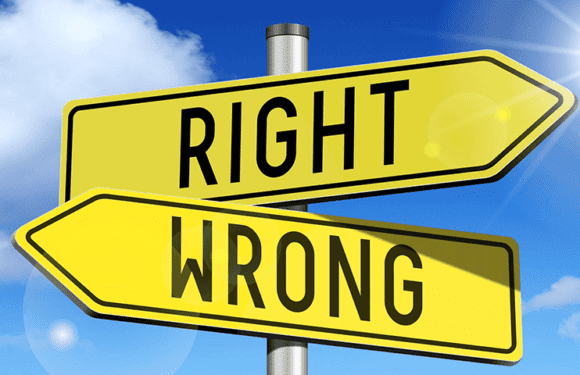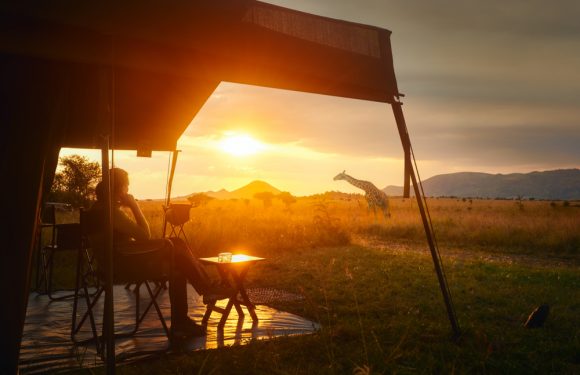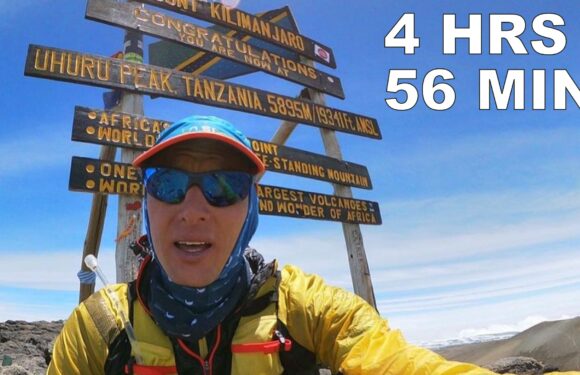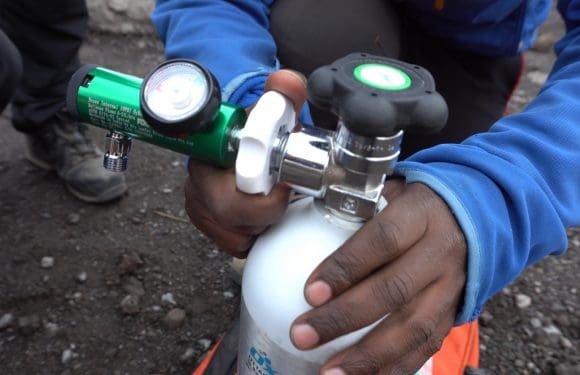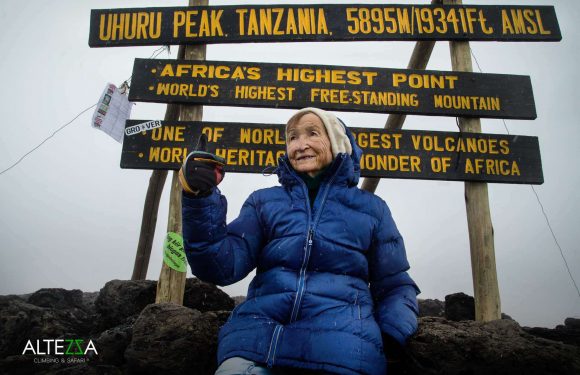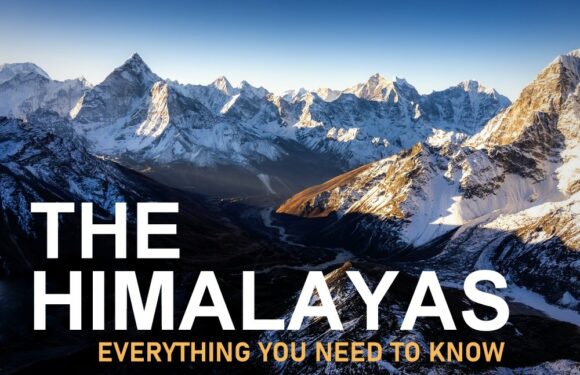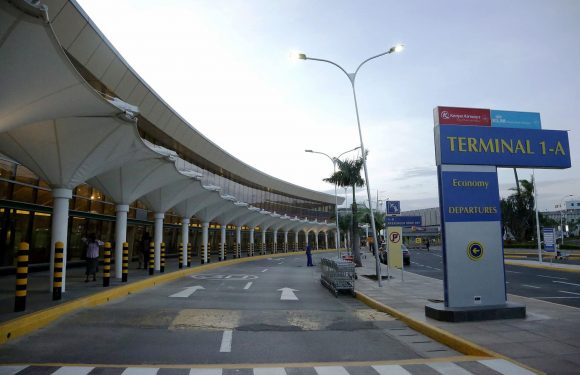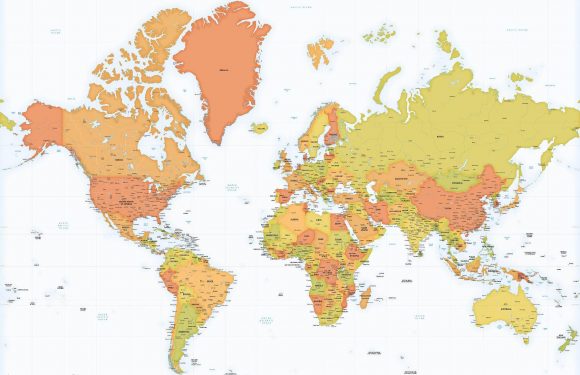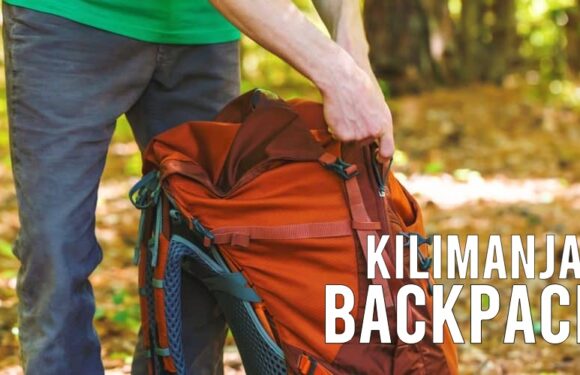
Where is Mount Kilimanjaro Located?
Mount Kilimanjaro is situated in northeastern Tanzania, near the border with Kenya. The mountain is a prominent feature of the Kilimanjaro National Park and is known for its visibility from great distances due to its isolated location above the surrounding plains.
Mount Kilimanjaro is often referred to simply as Kilimanjaro or by its nickname, “The Roof of Africa”, due to its status as the highest peak on the continent.
How Was it Formed?
Kilimanjaro is a stratovolcano that was formed by volcanic activity associated with the East African Rift System. It comprises three distinct volcanic cones: Kibo, Mawenzi, and Shira. Kibo, the highest cone, is dormant but could erupt again. Mawenzi and Shira are extinct, with Shira being the oldest and most eroded.

Volcanic activity, which began millions of years ago, formed the structure and height of the mountain. The last major eruption occurred 360,000 years ago, shaping Kibo’s summit and creating the caldera and the famous ash pit, which is visible from the Uhuru Peak.
How Tall is Mount Kilimanjaro?
Mount Kilimanjaro is approximately 19,341 feet (5,895 meters) tall, making it the highest mountain in Africa. It is also the largest free-standing mountain in the world, meaning that it is not part of a mountain range. Recent measurements suggest the actual height of the peak is slightly shorter.
How Long Does it Take to Climb?

The duration of a Kilimanjaro climb can vary between five to nine days, depending on the route chosen. Longer routes have higher success rates due to better acclimatization. We recommend a minimum of seven days, but eight or nine days is even better.
How Hard is it to Climb Mount Kilimanjaro?
Climbing Kilimanjaro is considered challenging, primarily due to the high altitude and the risk of altitude sickness. But, because the climb requires no technical mountaineering skills, it is also seen as one of the easiest of the world’s tallest peaks to scale.
Climbers should be physically fit and well-prepared for significant altitude gains. Weather conditions can also be tough, with temperatures ranging from hot and humid at the base to well below freezing near the summit.

What is the Success Rate on Mount Kilimanjaro?
The success rate for reaching the summit of Kilimanjaro varies depending on the route. The overall success rate was last reported to be about 45%, but we estimate the current overall success rate to be about 70-75%. Success largely depends on the chosen route and the number of days taken to acclimate.
Can Beginners Climb Mount Kilimanjaro?
Yes, beginners can climb Kilimanjaro. In fact, most of clients have little to no hiking or backpacking experience. However, it is advisable for climbers to have a good level of fitness and some experience in long-distance hiking. Preparation should include cardiovascular training (hiking) and possibly some exposure to high altitude to understand personal reactions to reduced oxygen levels.

Who Was the First Person to Climb Mount Kilimanjaro?
The first recorded successful ascent to the summit of Kilimanjaro was by Hans Meyer and Ludwig Purtscheller in 1889. This followed several unsuccessful attempts and paved the way for Kilimanjaro becoming a popular climbing destination.
How Many People Climb Mount Kilimanjaro Per Year?
It is estimated that approximately 30,000 people attempt to climb Mount Kilimanjaro annually. But, some years have seen as many as 50,000 people visit the mountain.
How Do You Train to Climb Mount Kilimanjaro?

Training for Kilimanjaro should include mostly hiking to simulate the conditions on Kilimanjaro. However, if that is not possible, we recommend stair climbing plus other aerobic conditioning and strength training. A minimum of two months of training is advised for people who are already in decent shape. Those who are inactive should train for much longer, from six months to a year, or even more.
What is the Best Time to Climb Mount Kilimanjaro?
The best times to climb Kilimanjaro are during the dry seasons, from July to October and from December to February. These periods typically feature lower precipitation, clearer skies and milder weather, although nights will still be bitterly cold.

What are the Different Climate Zones on the Mountain?
Mount Kilimanjaro features a range of ecological zones as altitude increases:
- Cultivation Zone: At the base of the mountain, where crops are grown.
- Rainforest Zone: Dense, wet forests that are home to diverse wildlife.
- Heath and Moorland Zone: Characterized by low shrubs and grasses.
- Alpine Desert Zone: Sparse vegetation and wide temperature variations.
- Arctic Zone: Summit area with ice and rock, with extremely cold temperatures.
How Many Climbing Routes Are on Mount Kilimanjaro?
There are seven official climbing routes to the summit of Kilimanjaro: Marangu, Machame, Lemosho, Shira, Rongai, Northern Circuit, and Umbwe. Each offers different experiences and difficulties, with varying success rates. Our favorite routes are the Lemosho route and Northern Circuit. We also recommend Rongai and Machame.

What is Summit Day Like on Kilimanjaro?
Summit day on Kilimanjaro typically begins around midnight. Climbers trek through the night to reach the summit at dawn. The ascent is steep and slow, requiring mental and physical stamina. After reaching the summit, climbers descend to a lower camp for the night.
How Much Does it Cost to Climb Mount Kilimanjaro?
The cost to climb Kilimanjaro ranges from $2,000 to $7,000 per person, depending on the route, the number of days, and the level of service and support. This includes park fees, guide and porter wages, food, and camping equipment. See our prices here.

How Many People Have Died on Mount Kilimanjaro?
While exact numbers are not known, it is estimated that approximately 10 climbers die each year on Kilimanjaro. Causes of death include altitude sickness, falls, and hypothermia. A 2004 study reported the overall mortality rate on Kilimanjaro at .0136%. This translates to one death per 7,353 climbers.
Overall it is relatively safe to climb Kilimanjaro, especially with proper planning and preparation. At Ultimate Kilimanjaro®, we are laser focused on safety, which significantly reduces the inherent risks of climbing a high altitude mountain.




















































